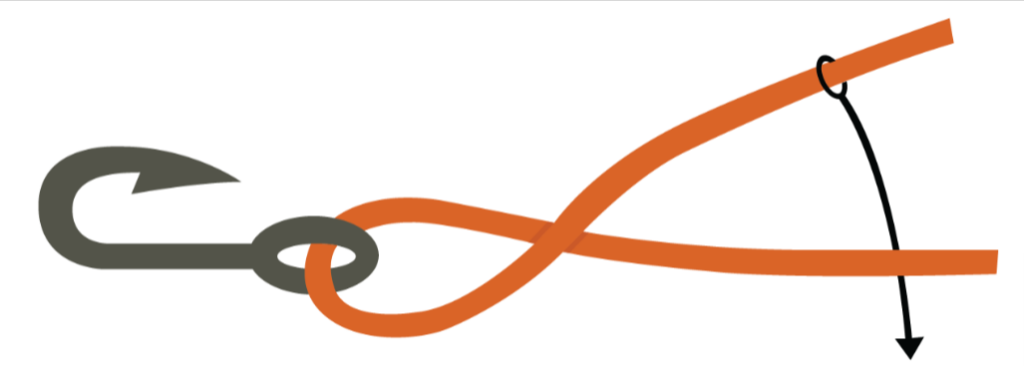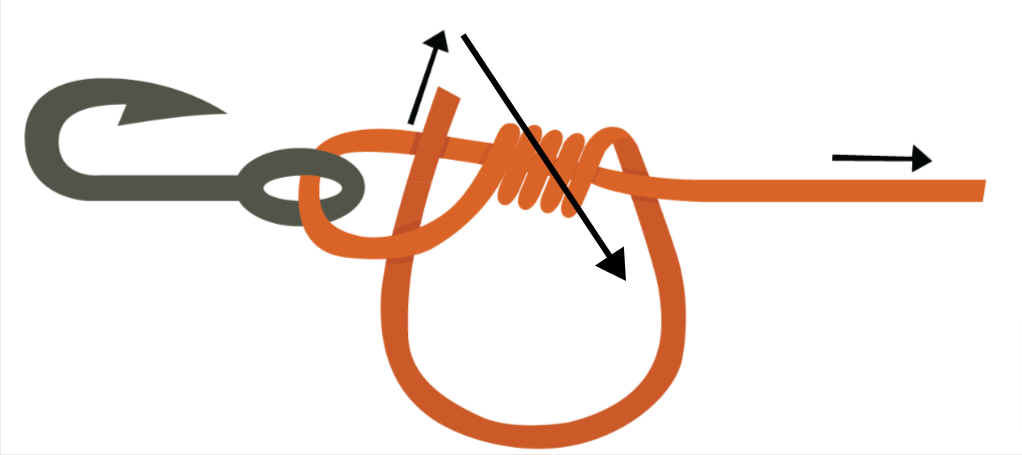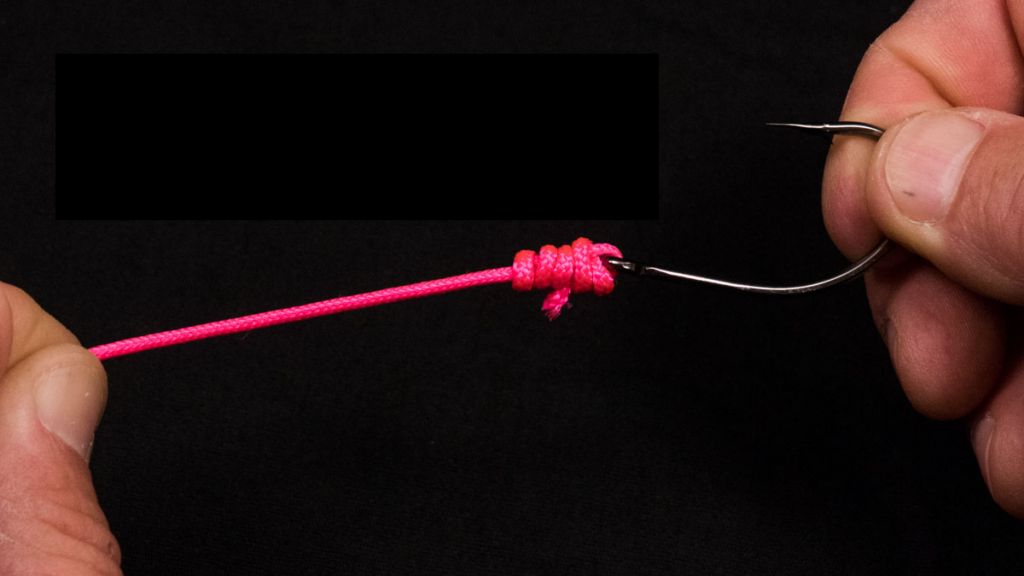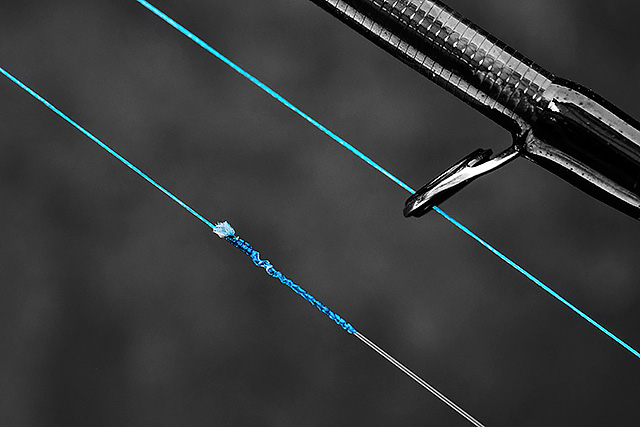The spoon or spoon knot is a special An essential fishing knot for connecting your leader to your lure, hook or clip. This fishing knot is particularly easy to make and above all very resistant. Historically made for the spoon, it is now suitable for other lures or even for a swivel or staple. In this article we will explore the advantages and disadvantages of the spoon knot and how to tie this fishing knot easily.
What are the advantages and disadvantages of this fishing knot?
Firstly, one of the main advantages of the spoon knot is its strength. In fact, after many years of use, this fishing knot has never let us down, even when faced with big fish. What's more, it's The spoon knot is very quick to tie. It will save you time at the water's edge if you need to change lure or leader if you've just broken. Finally, this knot is also polyvaent and can be used on lures, hooks and clips.
On the other hand, this fishing knot is difficult to achieve on leaders higher than 60/70 hundredths. In this case, we modify the base node slightly, which we'll explain later. Last but not least, The spoon knot is not suitable for connecting other lines, especially braid, because it slips. Keep this in mind.
How do I make a spoon knot?
Here are the simple illustrated steps to help you make a spoon knot:
Stage 1: Take your leader and pass the end of it through the ring of your lure, hook or clip.

2nd stage: Then take 10 to 15 cm of your leader and make about 5 to 10 wraps around it.

Step 3: Once you have made your turns, pass the end of your line back through the loop in the leader. If your line is fairly fine, tighten your knot. If, on the other hand, it is very thick (70/100 or more), make a small stop at the end with a lighter.

4th stage: If your line is large (between 28/100 and 70/100), pass the end of your line through the large loop you have formed.

Stage 5: Tighten your knot and trim the excess.
You can also lightly dampen your spoon knot before tightening it completely. This will allow you to reduce friction and increase strength.
How to make a spoon knot on video?
Here's a video tutorial from The Fisher Box to help you understand how to make a spoon knot.
Useful links completing this article:
Knot Albright - Steps for creating an albright connecting knot
Braid or nylon: Which line to choose for lure fishing?
Rapala knot: The steps to make a rapala knot
Casting or spinning: which choice to adopt?
FG knot: How to make a perfect FG knot ?
Fishing knot: 5 essential fishing knots to master
Which fishing rod to choose according to the lure used?



